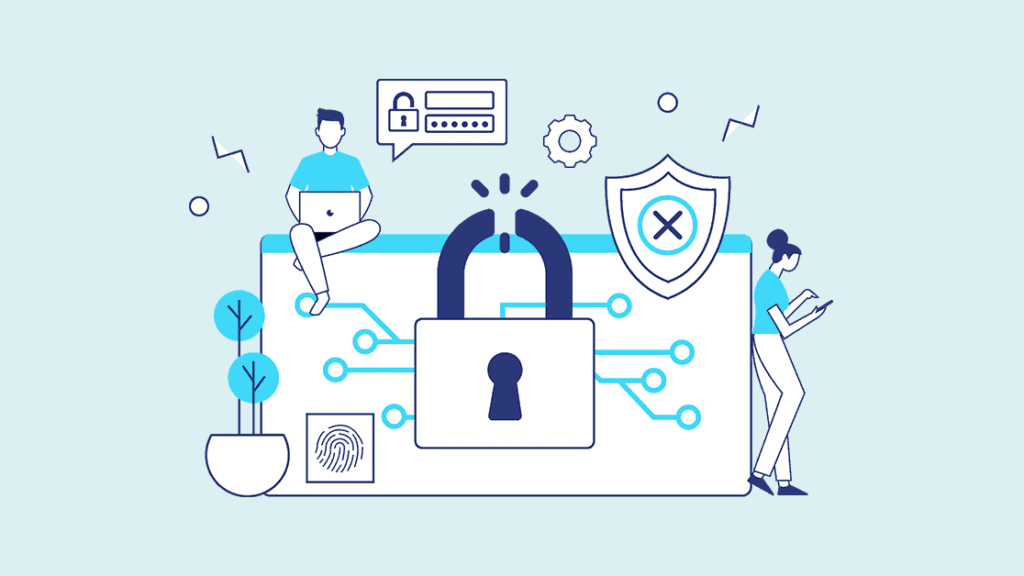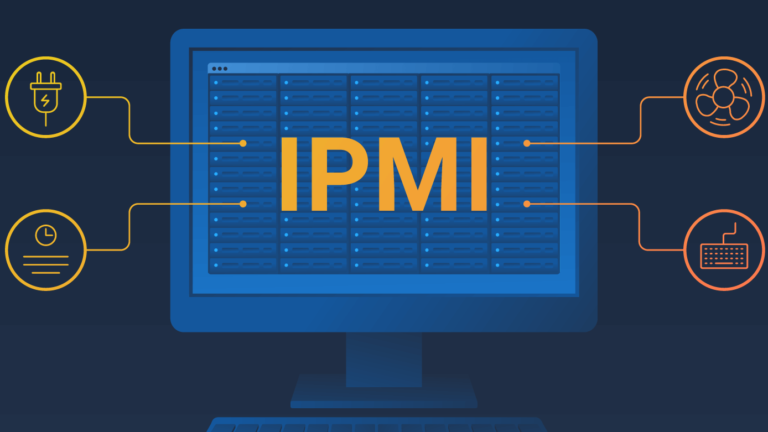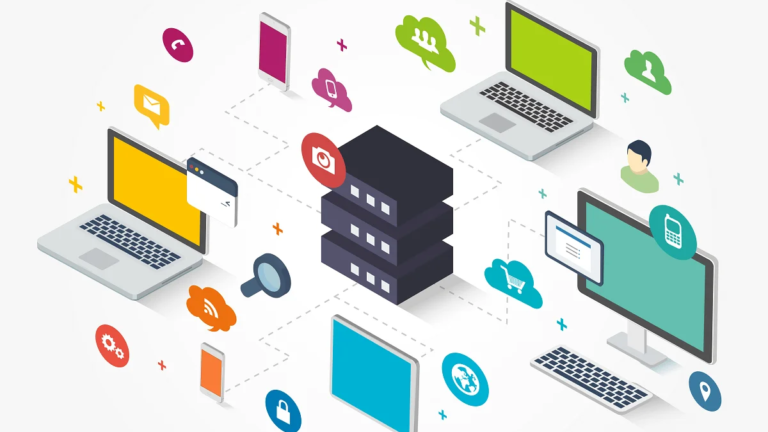List of items to assess site security
Providing your online resource with a high degree of security is essential. Given the constant evolution of technology and threats that can occur in the online environment, any website, even a small one, can be susceptible to attacks from ill-wishers. In this context, it is very important to understand the level of protection of your portal. Exactly how to assess its safety is what we will talk about in this text.
Why site security assessment is necessary for all Internet resources
Site security is critical to protecting user privacy, preventing information leaks, and maintaining the reputation and credibility of the resource. A successful attack on a portal can lead to serious consequences such as copying and identity theft, disrupting the site, or using it to distribute malicious content. Even a small resource may contain data of users and clients, their payment data, the loss or theft of which by intruders will lead to unpleasant consequences, including liability to the law.
Possible security issues
There can be a lot of problems with site security and their variety is only increasing every day. Among the most common:
- SQL Injection. This is an attack in which an attacker injects SQL queries into web forms or URLs in order to gain access to a website’s database. A successful attack can allow an attacker to obtain sensitive information, modify it in a database, or even delete it.
- Cross-site scripting (XSS). In this type of attack, the attacker injects malicious scripts (scripts) into web pages that are executed on the client side. XSS can be used to steal session files, redirect users to malicious sites, or perform actions on a user’s behalf without their knowledge.
- Data Leak. Inadequate protection of sensitive data such as users’ personal information, payment data, corporate secrets, business texts and documents can lead to data leakage. This can happen due to insufficient data encryption, weak authentication methods, or vulnerabilities in applications.
- Vulnerabilities in third-party components. Many sites use third-party libraries, plugins, services and extensions that may contain vulnerabilities. Outdated or vulnerable versions of these components can become an entry point for a website attack.
- Insufficient authentication and authorization. Weak authentication methods (e.g., simple passwords) or improperly configured access rights may result in unauthorized access to sensitive data or site functionality.
- DDoS attacks (Distributed Denial of Service). These attacks aim to overwhelm a site’s server with traffic, resulting in temporary or permanent denial of service for legitimate users.
- Phishing and social engineering. Attackers may use manipulation and deception of users to obtain their personal information or credentials, which could lead to a compromise of site security or user accounts.
These are just a few examples of the problems that sites can face in the context of security.

Statistics of hacking sites on different CMS
Statistics show that services built on certain CMSs are often the targets of attacks. Some of the most common CMSs such as WordPress, Joomla and Drupal are regularly attacked due to their popularity and widespread adoption.
According to Sucuri:
- WordPress – up to 90%;
- Magento – 4.6%;
- Joomla – 4.3%;
- Drupal – 3.7%.
It’s worth noting that statistics can vary depending on the source, and also not all website hacks are recorded. CMS vulnerabilities can change over time.
Places where the site is most likely to be vulnerable
Speaking about the most vulnerable places of the site, it should be understood that this is quite generalized information, as here much depends on their configuration and level of protection.
- Web applications and data entry forms. Registration, search, and comment forms can be vulnerable to attacks such as SQL injection, cross-site scripting (XSS), and cross-site request forgery (CSRF).
- Authentication and session management. Inadequate authentication and session management can lead to password brute force attacks, password recovery vulnerabilities, and session theft.
- CMS and plugin vulnerabilities. CMS and third-party plugins may contain vulnerabilities that can be exploited by attackers to attack the site. It is necessary to use quality CMS, regularly update them and all applied plugins.
- Access and Authorization Management. This includes inadequate permissions and access control to files and directories, as well as weak authentication methods.
- File system and server. Inadequate file system protection, server misconfiguration, and server software vulnerabilities can pose serious risks to site security.
- Clicking links and redirects. This includes incorrect handling of external links and redirects, which can lead to data phishing (e.g., when a link carries user authorization data).
Also, inadequate protection against DDoS attacks and insufficient security of network protocols can lead to denial of service and leakage of sensitive information.
A list of items to assess site security
To keep your site as safe as possible, follow these 10 points:
- Check for CMS updates, extensions and plugins.
- Analyzing the complexity and security of passwords.
- Check for vulnerabilities in the application code.
- Evaluating access rights to files and directories.
- Check server configuration and search for vulnerabilities.
- Security auditing of network protocols.
- Check if there is protection against DDoS attacks.
- Monitor user activity and abnormal events.
- Regular data backups.
- Training of personnel in the basics of safety.
By systematically checking and applying appropriate security measures, the risk of threats and attacks on the site can be significantly reduced. However, keep in mind that security is an ongoing process that requires constant attention and updated approaches to defense. To increase its level, we can order an SSL certificate from trusted companies.








